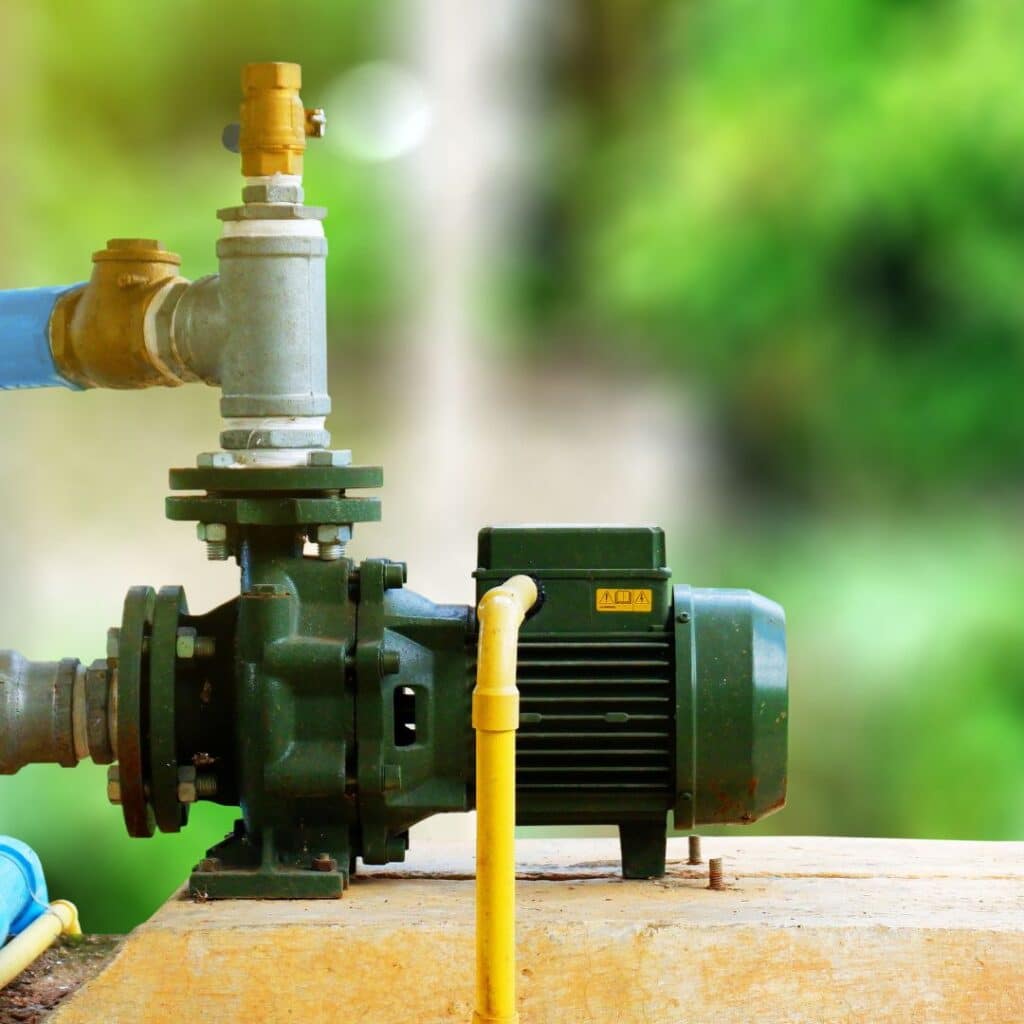
As a proud member of the Coomer’s Well & Pump team, I have had the opportunity to work closely with many residents and businesses in Asheville, helping them maintain and repair their well and pump systems. Pump issues can be a significant inconvenience, disrupting water supply and causing frustration. Understanding common pump problems and knowing how to address them can save you time, money, and stress. In this blog, we’ll explore some of the most frequent pump issues encountered in Asheville and provide practical solutions to fix them.
Understanding Your Pump System
Before diving into specific issues and solutions, it’s essential to understand the basic components of a pump system. A typical well pump system includes:
- The Pump: Either a submersible pump located in the well or a jet pump located above ground.
- Pressure Switch: Controls the pump operation based on water pressure.
- Pressure Tank: Maintains consistent water pressure.
- Pipes and Valves: Facilitate the movement of water from the well to your home.
Now, let’s look at some common problems you might face with your pump system.
Common Pump Issues in Asheville
1. Low Water Pressure
Causes
Low water pressure is a common issue that can stem from various sources:
- Clogged Pipes: Sediment and minerals can build up in the pipes, restricting water flow.
- Faulty Pressure Switch: A malfunctioning pressure switch may not be sending the correct signals to the pump.
- Pressure Tank Issues: If the pressure tank is waterlogged or has a faulty bladder, it won’t maintain adequate pressure.
Solutions
- Inspect and Clean Pipes: Regularly check pipes for blockages and clean them to ensure smooth water flow.
- Check the Pressure Switch: Test the pressure switch and replace it if it’s not functioning correctly.
- Examine the Pressure Tank: Ensure the tank is properly pressurized and replace it if the bladder is damaged.
2. Pump Running Constantly
Causes
A pump that runs continuously can lead to higher energy bills and potential damage. Common causes include:
- Leaking Pipes or Fixtures: Leaks can cause the pump to run non-stop to maintain water pressure.
- Pressure Switch Issues: A stuck or incorrectly set pressure switch can cause continuous operation.
- Worn Pump Components: Over time, parts of the pump can wear out and require more effort to function.
Solutions
- Fix Leaks: Check for and repair any leaks in the pipes and fixtures.
- Adjust or Replace the Pressure Switch: Ensure the pressure switch is set correctly and replace it if necessary.
- Regular Maintenance: Schedule regular maintenance to replace worn components before they cause major issues.
3. No Water Flow
Causes
When you turn on the tap and nothing comes out, the issue could be due to:
- Power Supply Problems: The pump may not be receiving power due to a tripped breaker or faulty wiring.
- Pump Failure: Mechanical failure within the pump itself.
- Well Problems: The well may be running dry or have a collapsed casing.
Solutions
- Check the Power Supply: Ensure the pump is receiving power and reset any tripped breakers. If wiring is the issue, consider hiring an electrician.
- Inspect the Pump: If the pump has failed, it may need to be repaired or replaced.
- Evaluate the Well: Have a professional inspect the well to determine if it’s running dry or needs structural repairs.
4. Strange Noises from the Pump
Causes
Unusual noises can indicate several issues, such as:
- Air in the System: Air can cause a variety of sounds, from banging to gurgling.
- Worn Bearings or Impellers: Mechanical wear can result in grinding or squealing noises.
- Debris in the Pump: Foreign objects or sediment can cause rattling or knocking sounds.
Solutions
- Bleed the System: Release trapped air by opening faucets and allowing the water to flow until the noise subsides.
- Replace Worn Parts: If bearings or impellers are worn, have them replaced by a professional.
- Clean the Pump: Remove any debris that may have entered the pump to ensure smooth operation.
5. Short Cycling
Causes
Short cycling, where the pump turns on and off rapidly, can be caused by:
- Pressure Tank Problems: A waterlogged tank or damaged bladder can lead to short cycling.
- Improper Pressure Switch Settings: Incorrect settings can cause the pump to turn on and off too quickly.
- Leakage: Small leaks can cause the pressure to drop quickly, leading to short cycling.
Solutions
- Check the Pressure Tank: Ensure the tank is properly charged with air and replace it if the bladder is damaged.
- Adjust the Pressure Switch: Set the pressure switch to the correct settings to prevent rapid cycling.
- Repair Leaks: Fix any leaks to maintain consistent pressure.
Preventative Maintenance Tips
To avoid these common issues and keep your pump system running smoothly, follow these preventative maintenance tips:
- Regular Inspections: Schedule regular inspections by a professional to identify and address potential issues early.
- Keep the Area Clean: Ensure the area around your pump system is free from debris and contaminants.
- Monitor Performance: Pay attention to changes in water pressure or pump noise, as these can be early indicators of problems.
- Seasonal Maintenance: Perform seasonal maintenance, especially before winter, to prevent freezing and other weather-related issues.
Trust Coomer’s Well & Pump for Your Pump Needs
At Coomer’s Well & Pump, we understand the unique challenges that Asheville’s residents face with their well and pump systems. Our team of experienced professionals is dedicated to providing top-notch service, whether you need routine maintenance, emergency repairs, or a new installation. Contact us today to ensure your pump system remains reliable and efficient year-round.
By staying informed about common pump issues and their solutions, you can prevent minor problems from turning into major headaches. Trust Coomer’s Well & Pump to keep your water flowing smoothly in Asheville.
